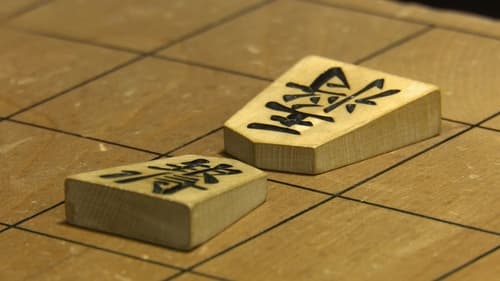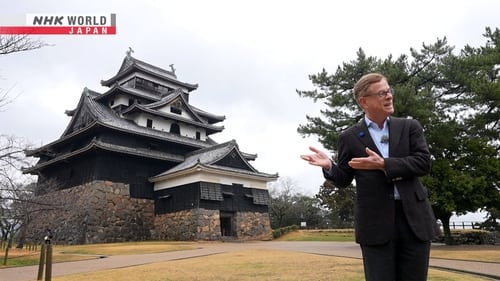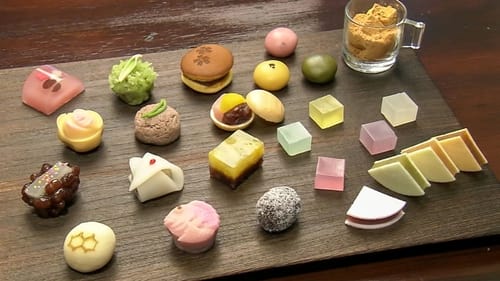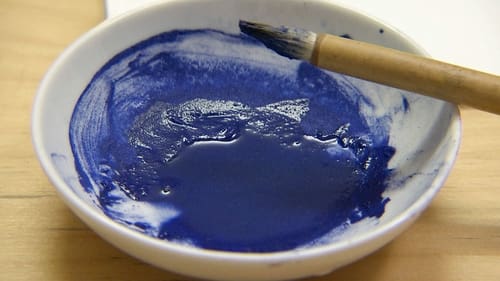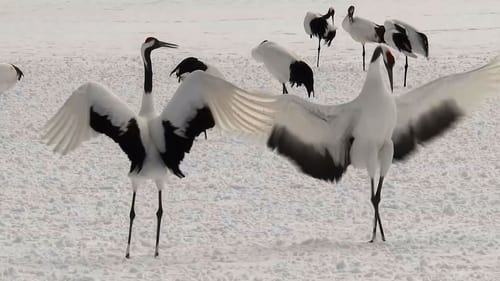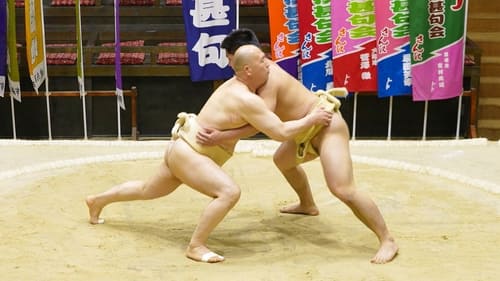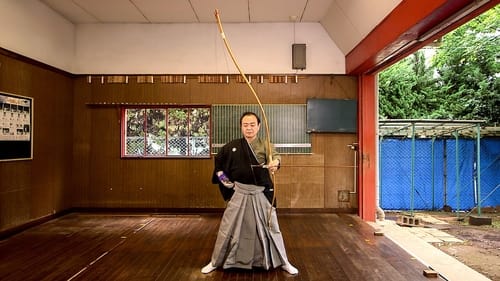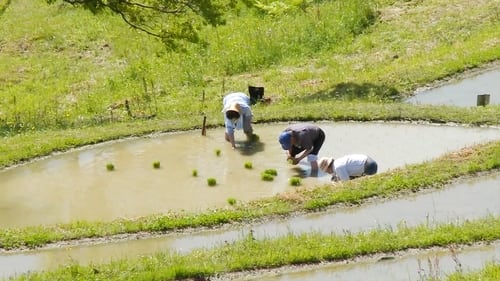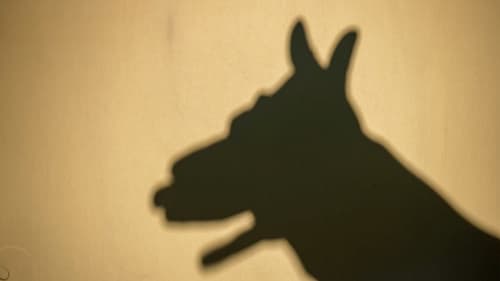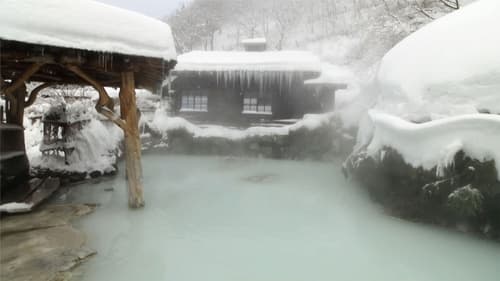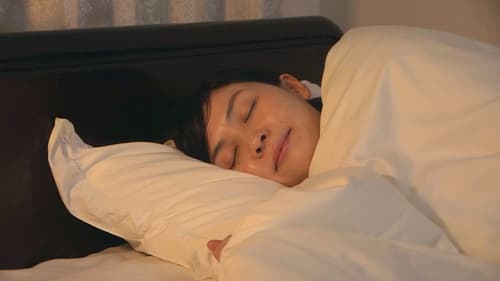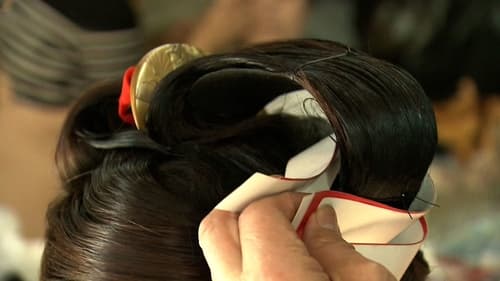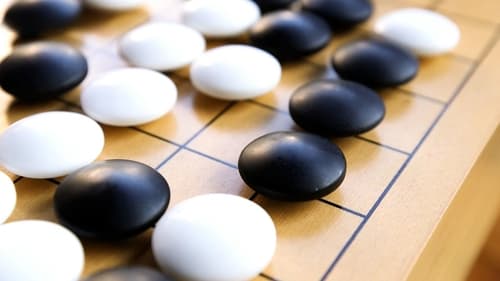
Documentary

The Best Episodes of Magical Japanese Season 3
Every episode of Magical Japanese Season 3 ranked from best to worst. Discover the Best Episodes of Magical Japanese Season 3!

The Best Episodes of Magical Japanese Season 3
Documentary
Every episode of Magical Japanese Season 3 ranked from best to worst. Discover the Best Episodes of Magical Japanese Season 3!
Explore the richness and depth of the Japanese language and discover how words and expressions reflect history, culture and the natural world.
Seasons5
Season 3 Ratings Summary
"Shogi" is the best rated episode of "Magical Japanese" season 3. It scored /10 based on 0 votes. Directed by Unknown and written by Unknown, it aired on 1/18/2023. This episode is rated 0.0 points higher than the second-best, "Ghost".
